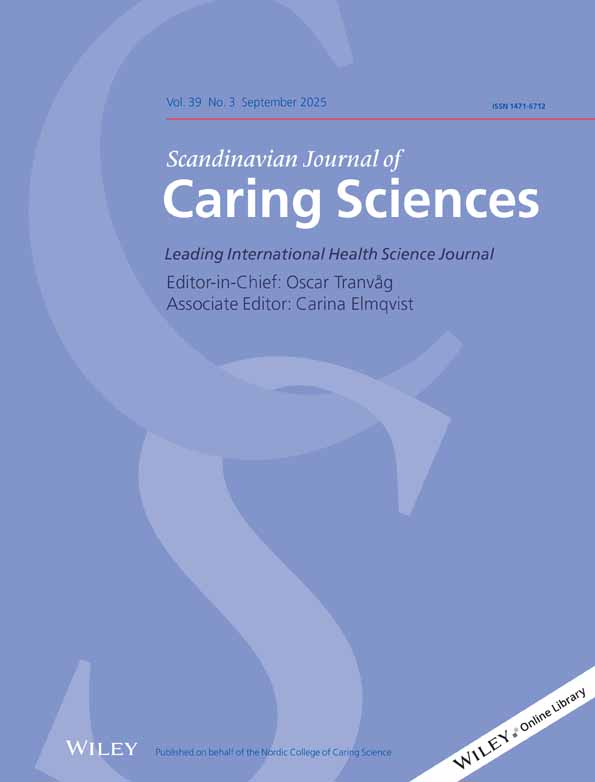Nutritional State and Functional Capacity among Elderly Swedish People with Acute Hip Fracture
Abstract
The objective of this study was to describe characteristics in a group of elderly men and women with hip fracture, regarding presumed risk factors, such as nutritional state and functional capacity. A total of 142 men and women aged 75 years or more were consecutively included on admittance to the hospital. Anthropometry and body composition were measured 4–6 days after the fracture. Data on functional status, activities of daily living and living arrangements at the time of the fracture were collected. The women and men had a body mass index (BMI) of 22.3 ± 3.7 kg/m2 and 21.7 ± 2.1 kg/m2, respectively. Of the whole group, 71% had a BMI < 24 kg/m2 and 25% a BMI < 20.0 kg/m2. Forty-five percent of the patients needed daily home help, and a majority of them were mentally impaired (p < 0.0001). Women with a trochanteric hip fracture were shorter, had lower body weight, lower lean body mass and lower arm muscle circumference (AMC) than the cervical fracture group (p < 0.05). Fewer women with a trochanteric fracture and fewer women with mental impairment took walks outside before the fracture, (p = 0.023 and p = 0.002, respectively). Characteristics found in the group were low BMI, low muscle mass as indicated by low lean body mass and mental impairment. It seems important to evaluate such factors when developing post-operative care plans aimed at avoiding further deterioration. Extra frail sub-groups of patients, such as people who are mentally impaired, women with trochanteric fracture and women with high dependency concerning ADL functions were identified.




